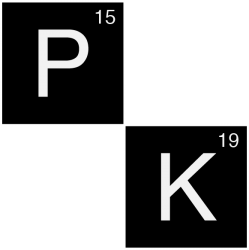“Decision of drug administration regarding formulation, route of administration, drug dose, dosing interval and treatment duration”
Description
The objective of drug therapy is to bring plasma concentration within the therapeutic window.
The dosage regimen is the modality of drug administration that is chosen to reach the therapeutic objective. This depends on the drug used, the condition to be treated, and the patient’s characteristics.
The decisions defining dosage regimen are about:
- Route of administration
- Galenic formulation
- Unit dose
- Frequency
- Loading dose
- Length of treatment
Chart Pharmacokinetics
Clinical implications
For most drugs, a usual dosage regimen is proposed by the manufacturer and approved by registration authorities. This regimen should suit the average patients needs. As a principle, individualization of the dosing regimen should be considered systematically, leading in selected cases to apply unusual dosing decisions in order to tailor the treatment to a patient condition. For example, the standard regimen must be adapted to the patient's characteristics (e.g. weight and age) and to the presence of comorbidity that affects the drug's pharmacokinetics (e.g. renal failure, liver disease).
After the initiation of therapy, individualization of the dosage regimen, with regard to the response, can be necessary to better adapt the treatment to the patient's condition.

